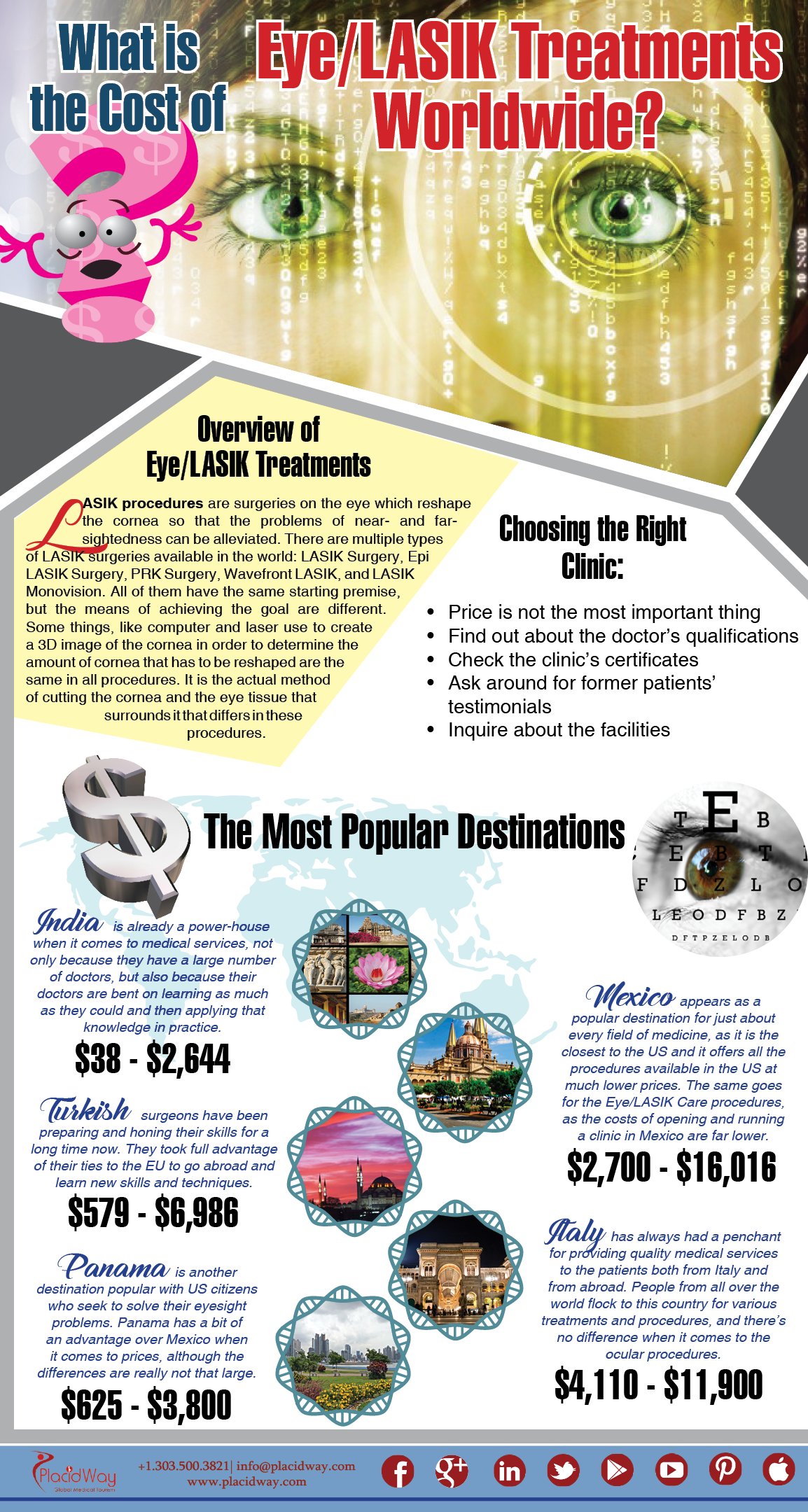Contrasting Standard And Modern Approaches To Treating Glaucoma
Contrasting Standard And Modern Approaches To Treating Glaucoma
Blog Article
Article Written By-Daly Hill
Did you know that the evolution of glaucoma treatment techniques extends centuries, encompassing both conventional solutions and sophisticated advancements? From cataract surgery risk factors to sophisticated Minimally Intrusive Glaucoma Surgical procedure strategies, the range of options is vast. As you look into the complexities of standard versus cutting-edge techniques, you may uncover shocking understandings that test conventional perspectives on treating this widespread eye condition.
Historic Development of Glaucoma Treatments
The historical development of glaucoma therapies dates back to old people where different treatments were used to manage the problem. In ancient Egypt, for example, therapies included a mix of honey, fat, and sour milk related to the eyes. learn this here now and Romans also contributed to early glaucoma treatments with a concentrate on topical applications and dietary treatments. Throughout history, diverse societies developed one-of-a-kind approaches to minimize the symptoms of glaucoma, commonly rooted in natural remedies and superstitions.
As time progressed, improvements in medical expertise caused even more systematic methods to treating glaucoma. In the Middle Ages, Arabic scholars made considerable contributions by researching the anatomy of the eye and establishing medical methods to resolve eye conditions. These very early developments laid the structure for modern glaucoma therapies that we have actually today. Understanding the historical context of glaucoma treatments gives beneficial insights right into the continuous progress and improvement of clinical practices over the centuries.
Contrast of Traditional Approaches
In contrasting typical techniques for dealing with glaucoma, take into consideration the historical contexts and performance of numerous treatments.
Traditional therapies for glaucoma have advanced over centuries, from ancient techniques like using honey and white wine to much more recent innovations such as eye drops and surgical procedures. Historically, solutions like the application of leeches or organic mixtures were utilized to alleviate signs and symptoms, but their performance was restricted.
As time progressed, methods like iridectomy, where a part of the iris is removed, came to be preferred for reducing intraocular pressure. Some traditional techniques, like using oral drugs to decrease eye pressure, have stood the test of time and are still utilized today. However, these therapies frequently include side effects and might not be as efficient as modern options.
It's important to evaluate the historical importance of conventional glaucoma treatments versus their efficacy in the context of present medical innovations.
Evaluation of Cutting-edge Therapy Methods
Considering the advancing landscape of glaucoma therapy, cutting-edge strategies are revolutionizing the way this eye problem is taken care of.
One significant improvement is minimally invasive glaucoma surgical treatment (MIGS), which supplies a much less invasive option to standard procedures. MIGS aims to minimize intraocular stress by boosting the eye's natural drain system, leading to less issues and faster recuperation times compared to conventional surgical procedures.
Furthermore, the growth of sustained-release medication distribution systems has given an extra reliable means to provide glaucoma medication. These systems can launch medicine slowly over a prolonged duration, boosting individual adherence and decreasing the frequency of eye declines.
Additionally, emerging innovations like careful laser trabeculoplasty (SLT) provide a non-invasive choice for decreasing intraocular pressure by targeting particular cells in the eye's drainage system.
Final thought
As you review the evolution of glaucoma therapies, you can see how standard techniques have led the way for innovative methods to emerge.
From ancient remedies to modern advancements, the journey of treating this complex eye condition has been like a rollercoaster adventure.
However with new techniques like MIGS and sustained-release medication delivery, the future looks brighter than ever for people seeking reliable and much less intrusive options.
